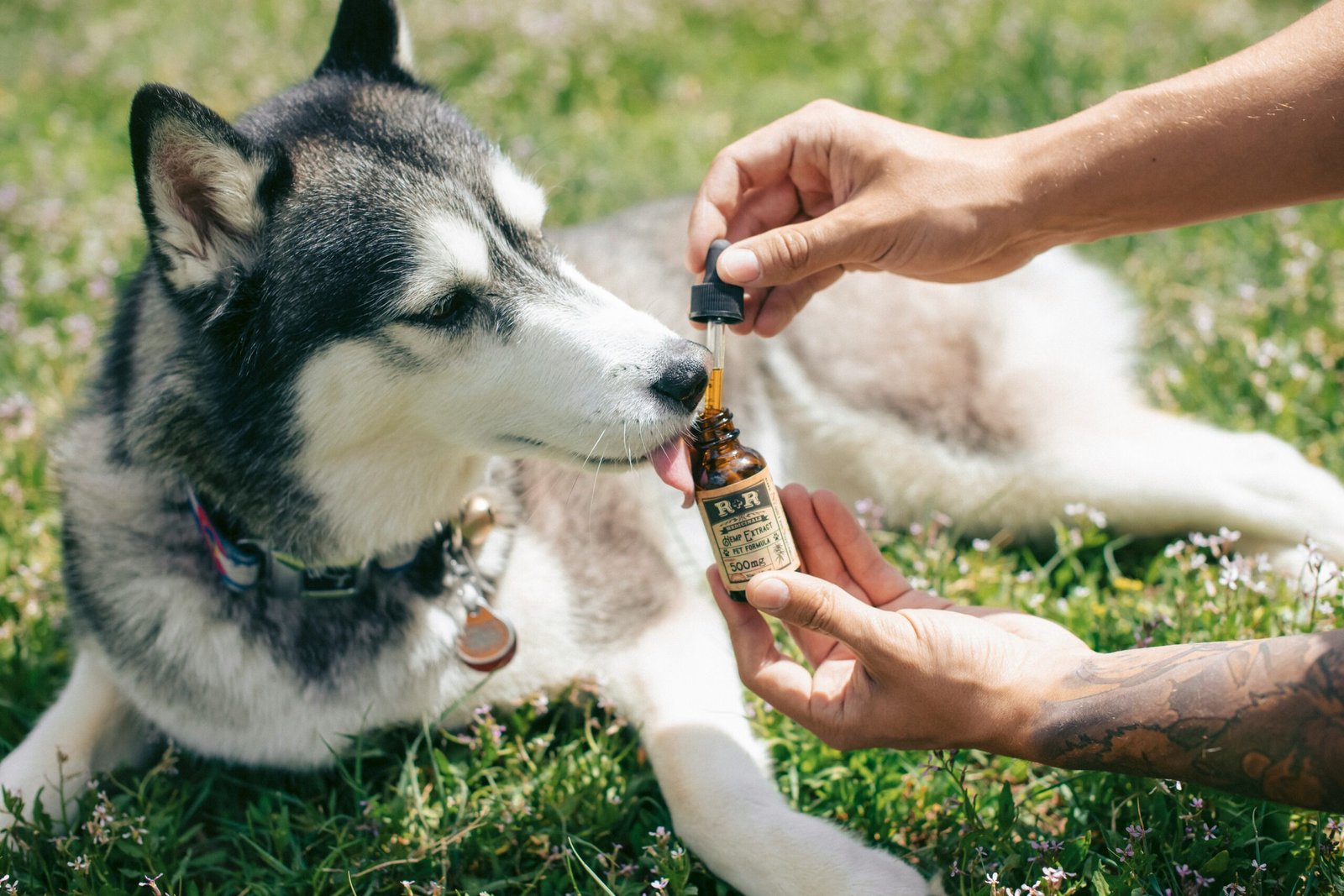
Effective Techniques to Massage Gas Out of a Dog
Understanding Canine Gas Issues
Just like humans, dogs can also experience discomfort due to gas buildup in their digestive system. This can often lead to bloating, restlessness, and even pain. Knowing how to massage gas out of a dog can be a helpful skill for any pet owner.
Preparation Before Massaging
Before you begin, ensure that your dog is comfortable and relaxed. Find a quiet space where your dog feels safe. You might want to use a soft blanket or cushion to make the area more inviting. Also, make sure your hands are warm, as cold hands can cause additional discomfort to your dog.
Massaging Techniques
Start by gently stroking your dog’s abdomen to get them accustomed to your touch. Using light pressure, make circular motions with your fingertips around the belly area. This helps to stimulate the digestive tract and can assist in moving trapped gas. Be sure to move in a clockwise direction, as this follows the natural flow of the dog’s intestines.
Another effective technique is to apply gentle pressure along the sides of the abdomen, working from the rib cage down towards the hips. This can help to push gas out of the digestive tract. Always be gentle and watch for any signs of discomfort or pain from your dog.
Post-Massage Care
After the massage, give your dog some time to rest. Offer them fresh water and monitor their behavior. If your dog continues to show signs of discomfort or if the gas problem persists, it might be best to consult your veterinarian. While massaging can alleviate mild gas issues, persistent problems could indicate a more serious condition requiring professional attention.
By learning how to massage gas out of a dog, you can provide immediate relief and improve your dog’s overall well-being. Always remember to be gentle and patient, ensuring your furry friend feels loved and cared for during the process.
American Dingo animal behavior Budget Tips canine behavior Canine Care Canine Health DIY pet projects dog behavior Dog Breeds dog care Dog Care Tips dog exercise Dog Food Dog Grooming dog health Dog Measurement dog nutrition dog ownership dog potty area Dog Training Dog Wound Care Family Pets Hunting Dogs lipomas in dogs newborn puppy care obedience training outdoor pet care Pet Care Pet Care Tips Pet Health Pet Loss Pet Safety pet tips pet training Positive Reinforcement Potty Training Puppy Care puppy health Puppy Training Rabies in Dogs Temperature Monitoring Training Tips veterinary advice Veterinary Care Veterinary Tips
-
 Essential Care Guide: Pet dogs Wellness Checks Every Owner Needs
2 views
Essential Care Guide: Pet dogs Wellness Checks Every Owner Needs
2 views -
 Understanding Exercise Needs for Different Dog Breeds
2 views
Understanding Exercise Needs for Different Dog Breeds
2 views -
 2025 Mice-Proof Dog Food Storage: 3 Expert Tips to Block Rodents (+ Garage Storage Hacks)
2 views
2025 Mice-Proof Dog Food Storage: 3 Expert Tips to Block Rodents (+ Garage Storage Hacks)
2 views -
 How to Successfully Potty Train Your Dog in Singapore
1 view
How to Successfully Potty Train Your Dog in Singapore
1 view -
 How to Teach Your Puppy to Sit: A Step-by-Step Guide
1 view
How to Teach Your Puppy to Sit: A Step-by-Step Guide
1 view -
 The Ideal Age to Start Potty Training Your Dog
1 view
The Ideal Age to Start Potty Training Your Dog
1 view -
 Top 10 Famous Dogs in the World The Three Stooges of Sledding and Housebreaking Make the List
1 view
Top 10 Famous Dogs in the World The Three Stooges of Sledding and Housebreaking Make the List
1 view -
 Pitbull Allergies: 7 Vet-Approved Signs, Treatments & How to Protect Your Dog (2025 Guide)
1 view
Pitbull Allergies: 7 Vet-Approved Signs, Treatments & How to Protect Your Dog (2025 Guide)
1 view -
 Mastering the Art of Training a 2-Year-Old Dog: Tips and Tricks
1 view
Mastering the Art of Training a 2-Year-Old Dog: Tips and Tricks
1 view -
 2025 Dog Labor Guide: 4 Vet-Approved Steps for Safe Home Delivery (Emergency Protocols Inside)
1 view
2025 Dog Labor Guide: 4 Vet-Approved Steps for Safe Home Delivery (Emergency Protocols Inside)
1 view










Leave a Reply
You must be logged in to post a comment.